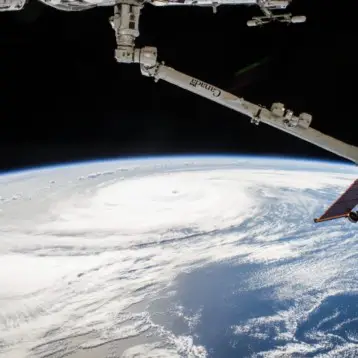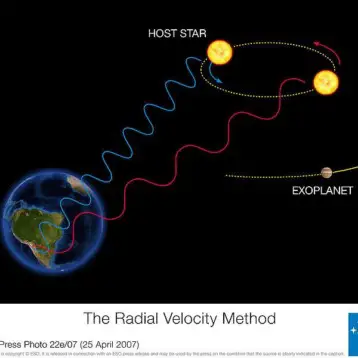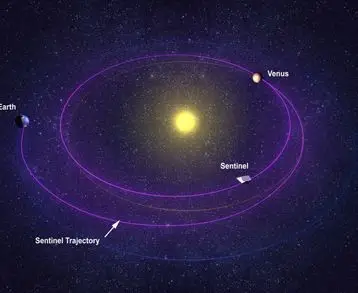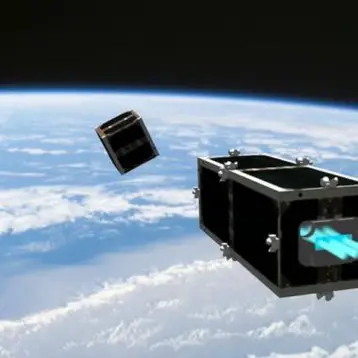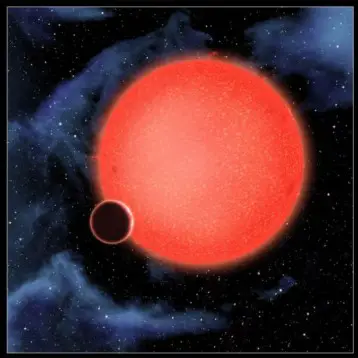According to astronomers, our known solar system, with the reddish Mars, clouded Venus, sideways Uranus, and the rest of the planets, exemplifies only a small number of planetary properties. Only 20 years ago, astronomers were unsure whether any such worlds existed beyond our own solar system; but now they have found more than 280 of them, and each has its unique features.
The Multi-Object Apache Point Observatory Radial Velocity Exoplanet Large-Area Survey (MARVELS) has set itself the goal of finding at least 150 new planets, and perhaps many more. “We’re looking in particular for giant planets like Jupiter,” says Jian Ge, principal investigator for MARVELS and an astronomer at the University of Florida in Gainesville. Ge likens big planets to “beacons of a lighthouse,” signaling the presence of entire solar systems. “Once we find a big planet around a star, we know that smaller planets could be there, too.”
MARVELS will do much more than just catalogue a few hundred more planets. By surveying the Jupiter-like planets around such a large number of stars, it aims to give astronomers the data they need to test competing theories for how planetary systems form and evolve. In order to accomplish the task of “looking” at so many stars, MARVELS will use a telescope that can separately image 60 stars at a time; moreover, during the course of years researchers intend on increasing this number to 120.
The telescope, which will be housed at the Apache Point Observatory in the Sacramento Mountains of New Mexico, has a 2.5 meter primary mirror and a wide field of view that covers 7 square degrees of the sky—an area that would appear 35 times larger than the moon. An array of 60 fiber-optic threads will carry light from the telescope’s focal plane to highly sensitive interferometers. These instruments can detect tiny changes in the frequency of a star’s light.
This configuration helps find planets by using the Doppler shift method. According to Ge, when a star is tugged to and fro by the gravity of an orbiting planet, its light is shifted to and fro in frequency; this effect is called the Doppler shift. The powerful gravity of Jupiter-sized planets exerts a big tug on the parent star, making them relatively easy to find. If the researchers see a star’s frequency slowly increasing and decreasing in a repeating cycle over a given period of time it can indicate that a planet is there.
Scientists are keen to learn what kinds of stars have orbiting gas giants. One theory for how these planets form predicts that stars rich in heavy elements such as silicon, oxygen, and nickel should be more likely to have Jupiter-like planets. Those heavier elements would form rocky chunks in the form of a disk, and these dense chunks would collide and merge to create a “planet seed” with gravity strong enough to gather gas around itself and grow into a behemoth. Therefore, if MARVELS finds more gas giants around stars that contain heavier elements, the survey would support this theory.
However, some gas giants might not need these heavy elements to form. A rival theory suggests that Jupiter-like planets can arise simply because a disturbance in the planet-forming disk starts the gravitational collapse of a region of gas and dust, without the assistance of any seed. The examination of a large number of stars with a variety of heavy element fractions would help to decide which theory is true.
Data from MARVELS will also shed light on other questions regarding planet formation, such as how often the orbits of gas giants migrate closer to their stars, and how planets sometimes end up with highly eccentric orbits instead of the nearly circular orbits predicted by theory. By collecting and analyzing enough data, astronomers could find patterns about the conditions most favorable for planet creation; knowledge that can guide future detailed observations of individual stars.
TFOT has also covered the discovery of large amounts of simple organic gases and water vapor in a possible planet-forming region around an infant star, made by NASA’s Spitzer Space Telescope, and the Birth of a Magnetic Neutron Star, observed by NASA’s Rossi X-ray Timing Explorer. Other related TFOT stories include the detection of tremendous amounts of water vapor inside the accretion disk of a newborn star, approximately 1,000 light-years from Earth, and the recent analysis of Mercury Surface, which suggest that Mercury’s volcanoes were involved in plain formation.


